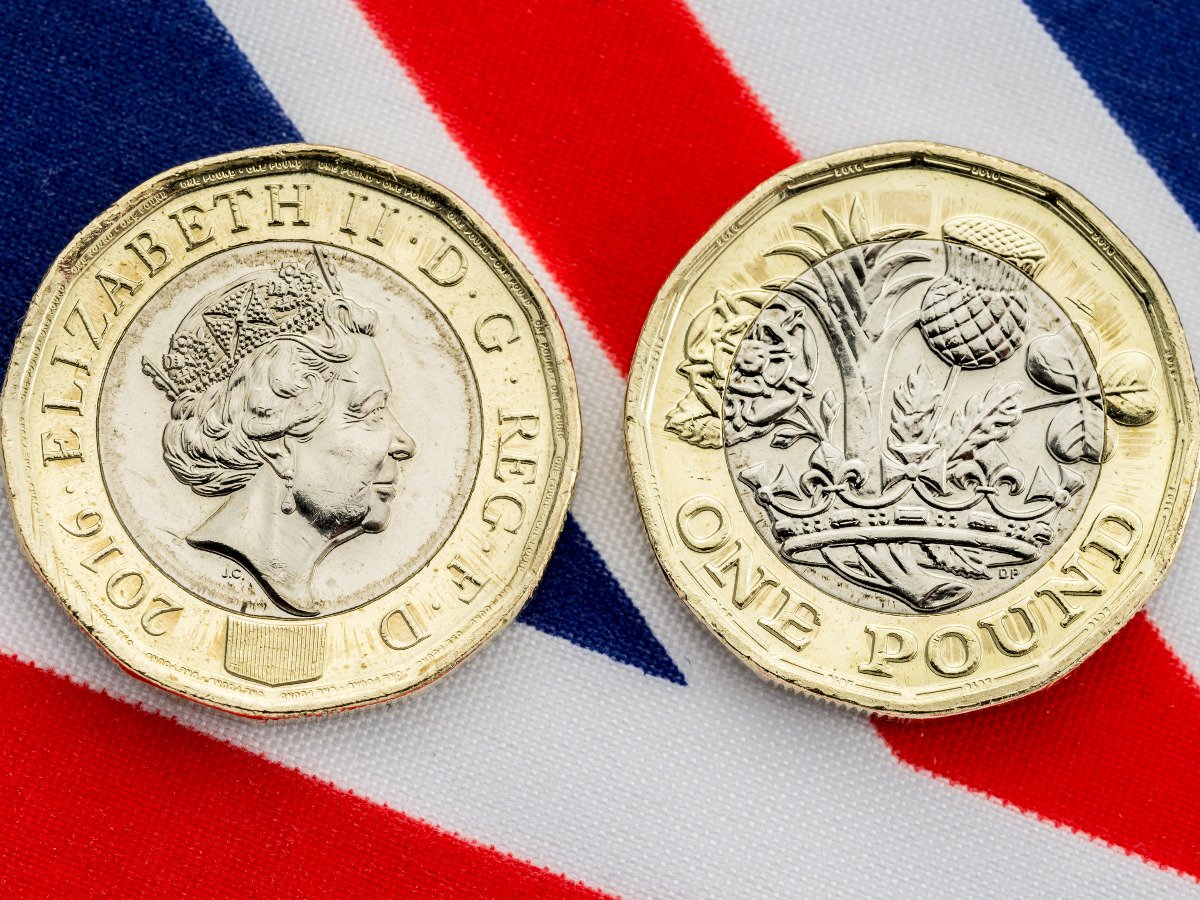

The British Pound is the best-performing G7 currency in the last 30 days.
This is partly due to positives for Sterling, and partly due to negatives in other currencies.
The UK Jobs Report and US CPI will likely decide this week’s moves in GBPUSD.
The British Pound has been the best performing G7 currency over the last 30 days, gaining 1.72% against the USD. GBPUSD is now trading at 1.284, which is the highest rate since July 2023 and not far off the multi-year high of 1.31. EURGBP has been pushed back to 0.852 and made a very brief drop below 0.85 in early Monday trading.
Drivers of this Sterling strength are not immediately obvious – the BoE have not made any changes in communication and the disinflation process has continued, setting up cuts later this year. So what is the catalyst?
Sterling Positives
Last week’s Spring Budget was welcomed by UK markets and briefly boosted the FTSE as well as the Pound. There was nothing radical or surprising in the announcement, but markets are clearly looking for stability and a balanced budget rather than something extreme such as the Kwarteng/Truss shocker. Small tax cuts and fiscal responsibility were a positive, although won’t be a major or long-lasting driver of a Pound rally.
A more consistent tailwind for the Pound is coming from positive data on the economy, which is lagging the US by some way, but is much stronger than data in the EU. PMIs in particular, suggest UK businesses are set for growth. 2024 is therefore likely to show a moderate recovery in GDP and there is much more optimism than there was in 2023 when most economists expected the UK to significantly lag other countries.
Weakness Elsewhere
As much as Sterling has some positives, the performance of late is driven by negatives for the USD and the Euro. Last week’s ECB meeting brought a dovish tone from Lagarde who hinted at June cuts should the data support them. Fed Chair Powell was equally as dovish in his testimony to Congress and said the Fed are “not far” from their first cut. This was especially damaging to the USD as markets speculated Powell could signal a hawkish shift in light of recent data.
Last week’s US Jobs Report is also likely to weigh on the USD as it showed some colling in the labour market. Previous numbers were revise lower, wage growth cooled and the Household Survey showed distinct weakness. This paves the way for a cut in June – or even May – should inflation data stay on course.
Drivers This Week
CPI is released in the US on Tuesday and could well stop the dollar decline as long as the readings don’t miss significantly. A month-on-month increase of 0.4% is expected, up from last week’s 0.3% and inconsistent with a 2% inflation target. Many expect this to be a temporary blip in the disinflation process, but it could still lend support to an oversold dollar.
“We expect inflation figures to put a stop to the dollar decline this week. The shifts in FX positioning last week no longer justify an exacerbation in USD downward pressure unless key data starts to turn in favour of Fed easing. There is a non-negligible risk that part of the USD losses driven by Powell’s testimony are unwound this week.”
The main event for Sterling comes from the Uk Jobs report, also on Tuesday. Wage growth has been a focus for the BoE (as well as the ECB) so this could be key for this week’s moves. A 5.7% reading is expected, which is less than last month’s 5.8%, but still way off the comfort zone for the BoE and a figure that will support higher rates into the second half of the year. With the ECB and Fed both likely to cut in June, the BoE could lag behind by several months.




